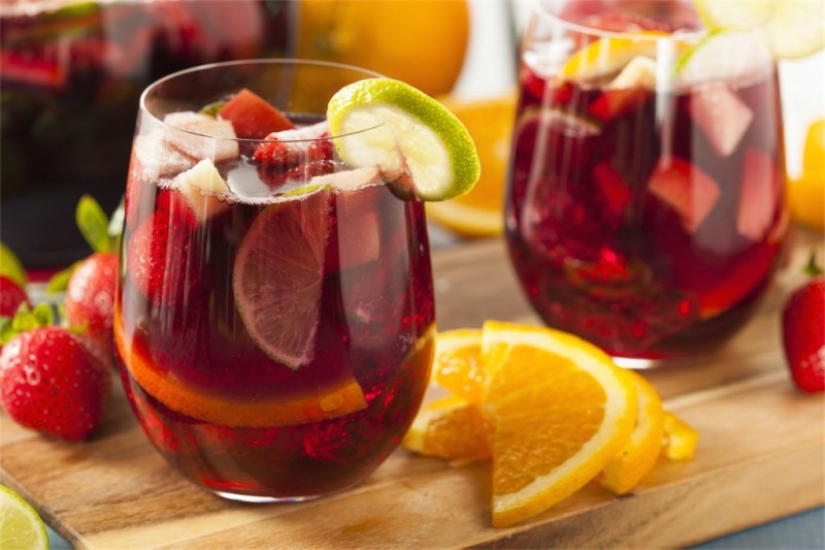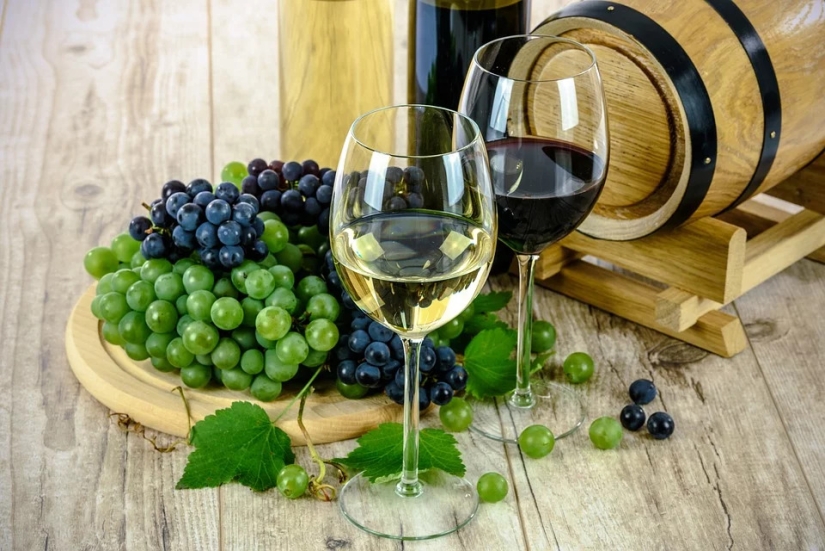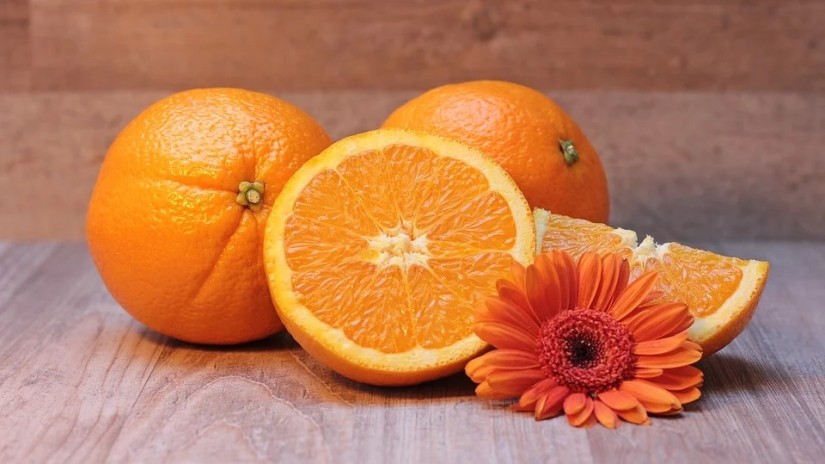Classics and improvisation: how to cook the perfect sangria at home yourself
Categories: Food and Drinks
PictolicSangria is a classic cocktail of Spanish origin, and in each region of Spain it is made in its own way. To make this refreshing drink, you need summer fruits and a little imagination. It's worth trying different combinations, but no matter how you experiment, the results will always be wonderful.

The name "sangria" comes from the Spanish sangres, which translates as "bleeding". The wine that is used to make the drink is, as a rule, Sangre de toro, you can also use "Cabernet" and "Merlot".
According to the most common theory, sangria was born thanks to Spanish peasants who started making this drink using available fruits — peaches, apples and citrus fruits. There are other theories, but the bottom line is that today there are many types of sangria, and every Spaniard adheres to his original recipe. At the heart, however, is always a rich red wine, although in In Catalonia, preference is given to whites.


Pour the wine into a fairly large bowl or into a tall jug and add sugar. Stir until the sugar dissolves.

Add the juice of two oranges and, if desired, a few slices of orange. Mix it up.

Cut the peaches into small pieces and add them to the mixture, stirring constantly. Add the cinnamon stick, lemon zest and mix well.
Cool, store in the refrigerator and take out only when serving.
Cooking time: 7 minutes.

Variation: peaches can be replaced with apples, pears, kiwis, bananas, tropical, but not too soft fruits.

Tip: To reduce the alcohol content, just add a few ice cubes and a few slices of lemon. If you want to raise the degree of the drink instead, add a few grams of rum.

It is undesirable to use cinnamon powder, since it does not dissolve and remains on the surface. If you don't have cinnamon sticks, replace them with cloves.

Recent articles

These landscapes are like the scenery for a fantasy movie or a delightful concept art for some game. But in fact, these are "just" ...

Meet a young Swedish tattoo artist from Stockholm, nicknamed Mr. Stucklife (Mr.T Stucklife). His work is distinguished by majestic ...

Positive, cheerfulness, happiness, contentment, calmness - these words should be included in the red book, because today they can ...